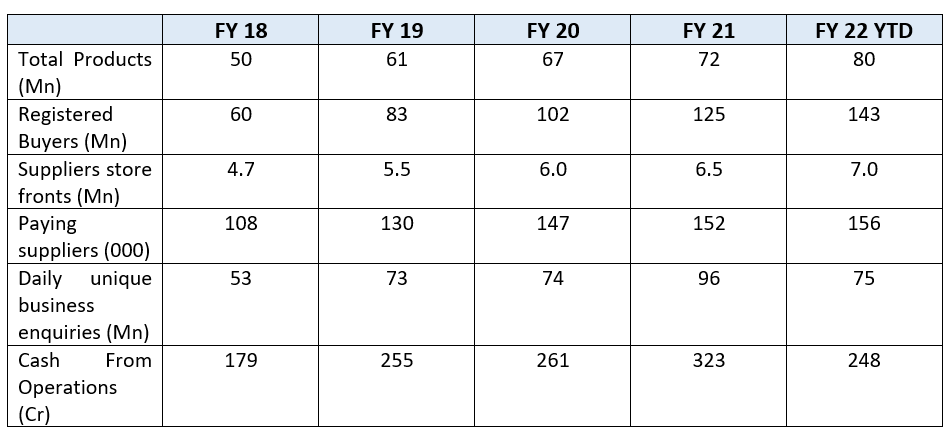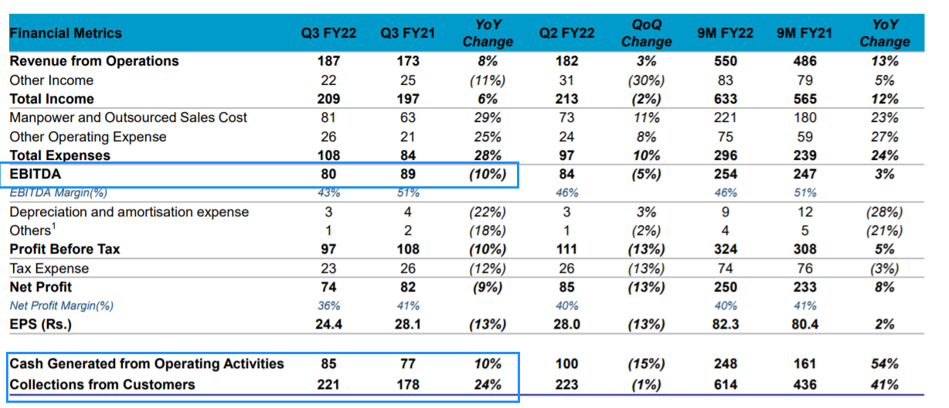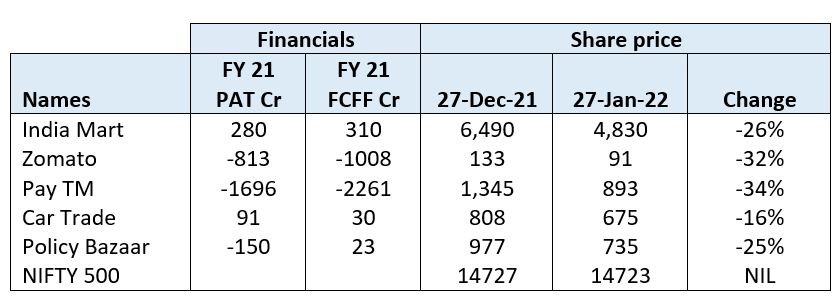Exit note on Team Lease
Our context
- Allocators of capital in the best 20 opportunities we see over the next 5 -10 years
- Practice “good churn”: when we are wrong, when valuations are euphoric, when we can reallocate for better returns elsewhere
Team Lease – entered portfolio as Clear Leader
- Contract staffing – a mega trend
- Great business as results in “win win” outcomes for customers, Govt and companies as it encourages formalization
- Industry consolidation should happen as is happening in other industries in India and will lead to margin expansion
- Team Lease, the best run company in the sector with excellent governance/promoters
- Low margin business, but capital light due to low Working Capital, so can be 25% ROE
- Possible to get 15%+ top line growth plus some margin expansion over time. Margin expansion over low base will be a meaningful driver of bottom-line growth.
- 15-18%+ decadal compounding possible






